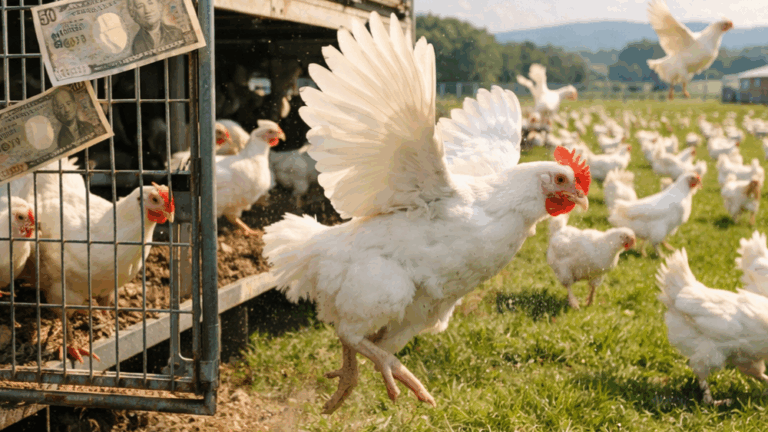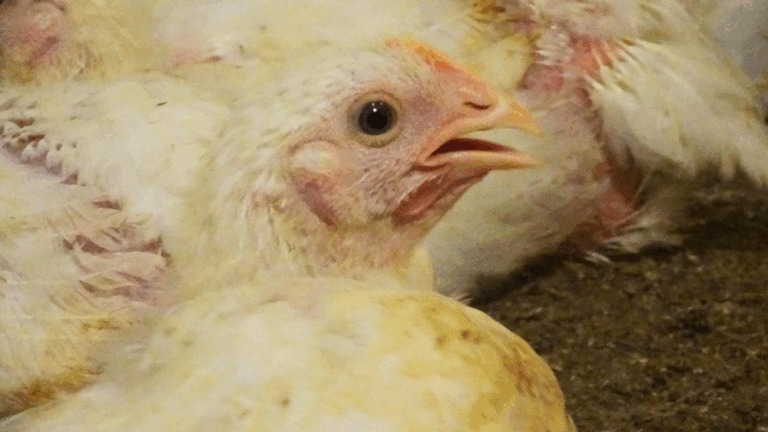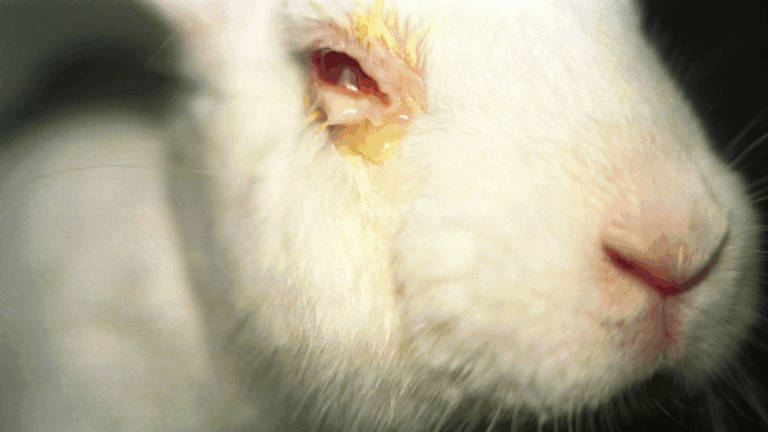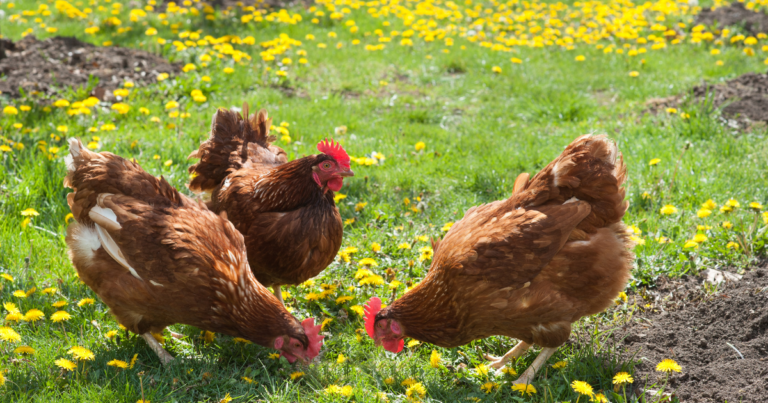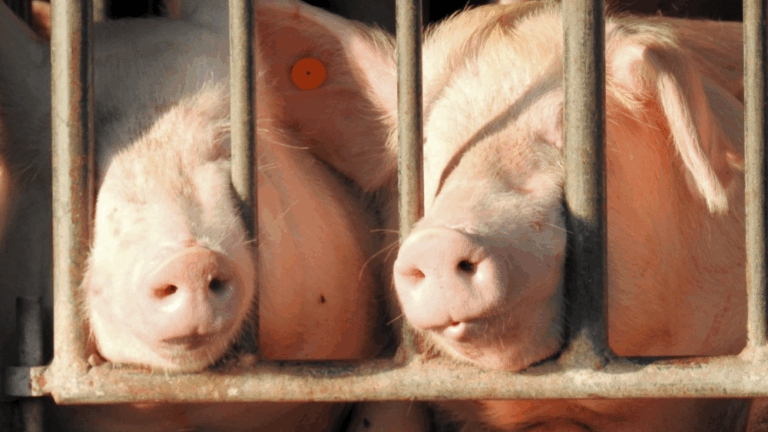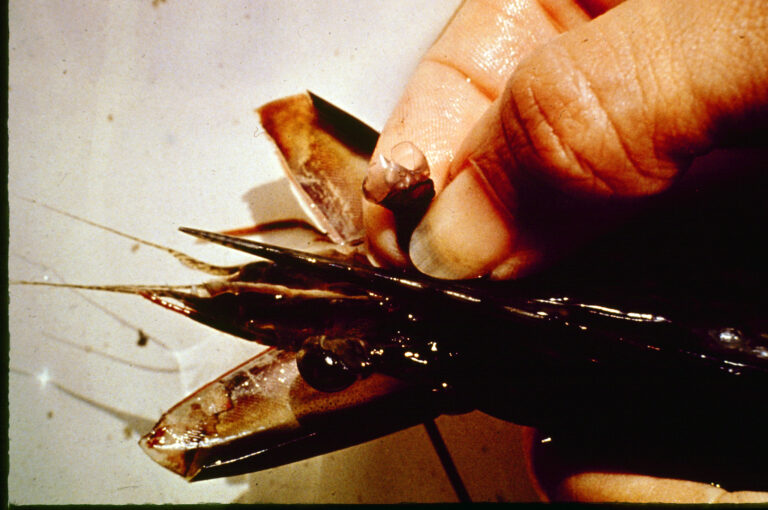In Japan, poultry slaughterhouses (poultry slaughterhouses) for chickens, ducks, and other poultry are in dire straits, omitting the process of pre-awareness loss, which is done all over the world.
To get an idea of the global standard, we have compiled a list of what the global regulations are. (Stanning = loss of prior awareness)
| Laws and regulations at the time of slaughter *Excluding religious slaughter | |
| China | Encourage stanning before slaughter (there is a loss of awareness in the process of parliamentary standards) Shandong Province has a stanning obligation |
| Korea | Stunning before slaughter is mandatory |
| Philippines | Stunning before slaughter is mandatory |
| Malaysia | Stunning before slaughter is mandatory |
| India | Stunning before slaughter is mandatory |
| tai (species of reddish-brown Pacific sea bream, Pagrus major) | Stunning before slaughter is mandatory |
| Vietnam | Stunning before slaughter is mandatory |
| Brazil | Stunning before slaughter is mandatory |
| Peru | Animal slaughter is obligatory for instant death or loss of consciousness, a bit iffy |
| United States of America | Pre-slaughter stanning is mandatory in some states |
| Canada | Stunning before slaughter is mandatory |
| Mexico | Stunning before slaughter is mandatory |
| EU | Stunning before slaughter is mandatory |
Pre-stanning is required for global standards as well.
In Article 7.5 of the WOAH (World Organization for Animal Health) Statute, the regulations are written with the assumption that the animals are stunned prior to blood release (prior to neck cutting).
The operator shall observe, examine, and have access to the animal throughout the blood release. Animals showing signs of regaining consciousness shall be stunned again.”
Although the process of blood release cannot be omitted, this process itself is written on the premise of loss of prior consciousness.
Animals stunned in a reversible manner shall be released without delay in the interest of animal welfare. The maximum interval between stanning and stunning depends on conditions such as the method of stanning, the species of animal involved, and the method of bloodletting used (complete incision or thoracic puncture, if possible). Therefore, the slaughterhouse operator should determine the maximum interval between stanning and stabbing according to these factors to ensure that no animal regains consciousness during bloodletting.”
China is recommended, but there is almost 100% loss of awareness of imported chicken meat.
China has a national standard for slaughtering and processing of livestock and poultry, GB12694-2016 National Standard for Food Safety: Hygienic Standards for Slaughtering and Processing of L ivestock and Poultry, which sets forth the hygienic standards for slaughtering and processing of livestock and poultry in China.
Stunning is listed as a formal process in this document. It also requires that appropriate lethal stunting be performed at the time of slaughter in order to improve animal welfare and meat quality. Furthermore, if proper stunning is not performed, it is considered a sanitary control problem, and there are no exceptions to this rule. These facts indicate that loss of consciousness is considered a necessary part of the slaughter process.
In addition, information on stunning at the time of slaughter and inspection results after slaughter are required to be recorded to ensure traceability.
In other words, there is no option not to do it. In fact, the poultry imported into Japan is the one in which the loss of consciousness has taken place.
How about Japan?
The Law Concerning Regulation of Poultry Slaughtering Business and Inspection of Poultry Slaughtering (Poultry Slaughtering Law) does not describe the process of loss of consciousness, leaving out an important step in the slaughter process. One cannot help but suspect that this law was created without knowledge.
The Animal Welfare and Control Law stipulates the following, but no penalties are applied, nor are they actually followed. The law does not work, but illegal is illegal.
(Method of Killing Animals) Article 40
If an animal must be killed, it shall be done in a manner that causes as little pain as possible to the animal.
(2) The Minister of the Environment may, upon consultation with the heads of the relevant administrative organs, determine the necessary matters concerning the method set forth in the preceding paragraph.
(3) In establishing the necessary matters set forth in the preceding paragraph, efforts shall be made to give due consideration to international trends with respect to the method set forth in paragraph (1).
The guidelines on how to kill animals specified in #2 read as follows. The guidelines for the method of killing animals in 2. directly state “loss of consciousness,” but they are not being followed. The important thing to note is that “it is possible to comply, but it is not. It is not that it is impossible, or that there is no method, or that there are companies, including the largest ones, that have a process of unconsciousness, but the current state of Japanese poultry slaughterhouses is that they do not follow the guidelines, even though the rest of the world does.
The method of killing the animals to be destroyed shall be by chemical or physical methods that cause as little pain as possible to the animals to be killed, and by methods that cause the animals to lose consciousness and irreversibly stop their cardiac or pulmonary functions, as well as by other normal methods that are socially acceptable.



